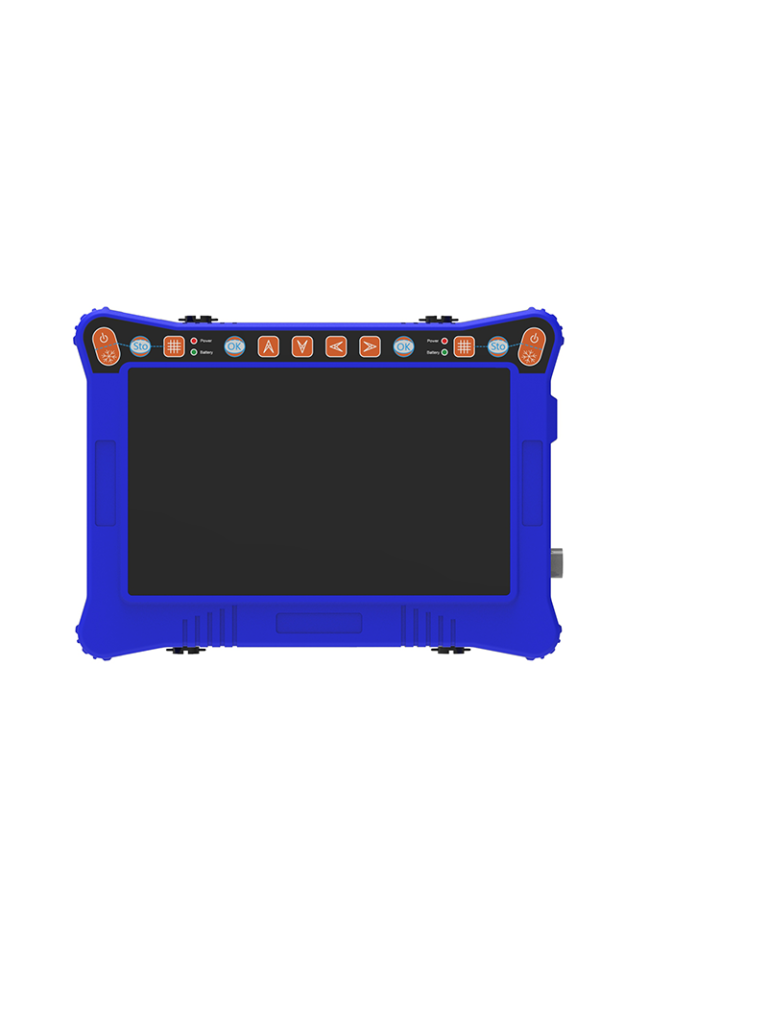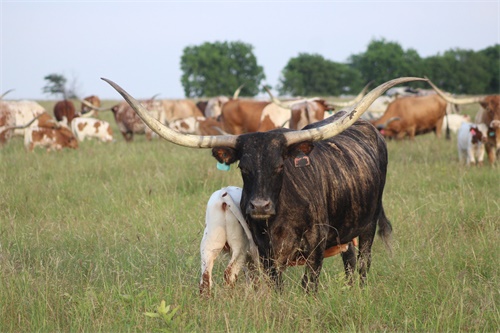Portable Ultrasound Application Tracking Backfat Dynamics across Sheep Farms
As a sheep farmer, knowing how and when fat starts accumulating on your flock is a game changer. Not just for predicting optimal slaughter timing, but for making real-time decisions about feed plans, breeding readiness, and overall flock health. In many progressive sheep farms around the world, portable ultrasound scanners have become the go-to tool for tracking backfat development—especially as producers move toward data-driven flock management.
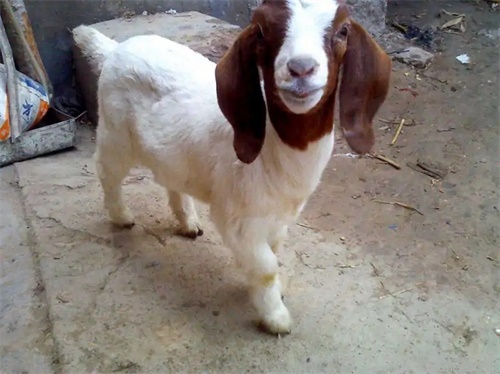
But how does this work on a practical level, and why does it matter so much? Let’s walk through the process from the lens of hands-on farm experience, paired with how producers in the U.S., Australia, and Europe are applying the same technologies to enhance their outcomes.
Why Monitor Backfat in Sheep?
Backfat thickness is more than just a number. It tells us a lot about a sheep’s energy reserves, nutritional history, and whether it’s gaining weight in the right way.
Too much backfat could mean you’re wasting feed, especially in non-breeding animals. Too little, and you risk poor reproductive performance or lambs that don’t thrive. For meat producers, backfat is also one of the clearest indicators of carcass quality and yield.
That’s where ultrasound really earns its place—because it lets us measure subcutaneous fat in live animals, non-invasively, and without any guesswork. Instead of relying on body condition scores, which are subjective, ultrasound gives you hard data.
The Power of Portability: How On-Farm Ultrasound Changed the Game
Veterinarians and producers alike have seen a shift over the past decade. Ultrasound is no longer limited to research centers or high-end breeding programs. Handheld and portable ultrasound machines—like the BXL-V50—have made it possible to conduct backfat measurements right in the paddock or barn, with just a bit of training.
On sheep farms in New Zealand and the U.K., farmers routinely use portable ultrasound to assess fat depth in rams and ewes. For rams, it helps select sires with the most efficient muscle-to-fat ratio—key for long-term genetic improvement. For ewes, it’s a way to monitor nutritional needs throughout gestation and lactation.
In Australia, where flock sizes are often huge, some producers integrate ultrasound assessments into broader flock management software. The fat depth data syncs up with body weights, growth rates, and even weather conditions, giving farmers a full picture of productivity.
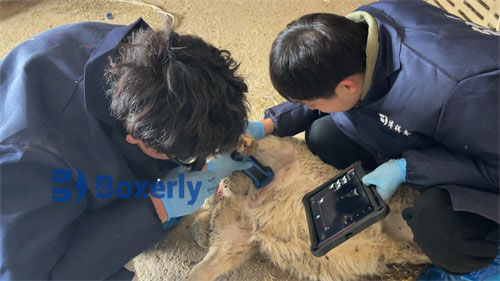
Backfat Accumulation Patterns: What to Expect and When
Fat deposition in sheep doesn’t happen all at once. It follows a predictable curve, influenced by breed, age, diet, and season. Typically, sheep build fat reserves after their skeletal and muscular systems have mostly matured—just like cattle.
The process generally looks like this:
-
Early growth (0–3 months): Muscle tissue develops rapidly, but fat deposition is minimal.
-
Growth to maturity (4–9 months): Fat begins to appear, especially with high-energy diets.
-
Finishing phase (9–14 months): Fat accumulation accelerates, with visible backfat appearing above the loin and rump.
Ultrasound lets farmers track this development. By measuring fat depth at standard locations (often over the 12th and 13th ribs), producers can make precise feeding adjustments.
A ewe that’s too lean heading into breeding season may struggle to conceive or carry lambs to term. Likewise, over-conditioned rams may have lower libido and fertility. Having access to accurate fat measurements helps avoid both issues.
How Backfat Data Helps with Feeding Strategies
Feeding sheep isn’t just about filling bellies. It’s about matching nutrition to physiology. Backfat measurements play a central role in this.
Let’s say your ultrasound scan shows that a group of ewes has lower-than-expected fat reserves at mid-gestation. That’s your cue to increase energy density in their rations, perhaps adding grain or higher-quality hay. On the flip side, over-conditioned ewes could benefit from a temporary reduction in caloric intake.
In some U.S. flocks, farmers use backfat data as part of a “precision feeding” model—feeding each group according to real-time body condition, rather than treating all sheep the same. The result? Better reproductive outcomes, lower feed costs, and reduced metabolic disorders like pregnancy toxemia.
Real-Time Decisions, Real Economic Impact
One of the most underappreciated benefits of ultrasound on sheep farms is the speed of feedback. Within seconds of applying the probe, you can see and measure fat layers in real time. There’s no need to wait for lab results or external evaluations.
That immediacy translates directly into better decisions:
-
Identifying underperforming animals early
-
Avoiding overfeeding
-
Improving consistency across carcasses
-
Reducing production waste
In Europe, where consumer demand for consistent meat quality is high, some lamb producers even use backfat readings to group animals for finishing, ensuring that slaughter groups are uniform in both size and fat coverage. That uniformity drives up processing efficiency and market prices.
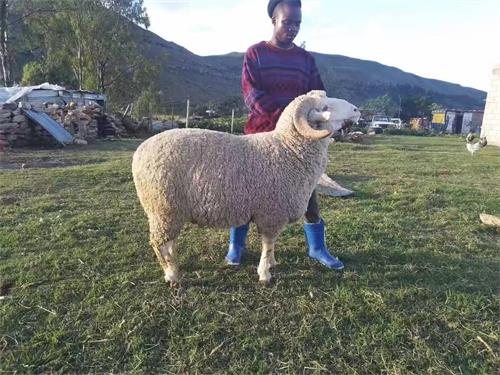
Breed Differences Matter
Not all sheep deposit fat in the same way. Breeds like Suffolk and Texel tend to develop more muscle before fat appears. Others, like Dorper or Katahdin, may accumulate fat earlier and more uniformly.
Ultrasound is particularly valuable here because it lets you track these breed-specific patterns without making assumptions. Over time, you can build a clear picture of how your flock develops under your specific conditions.
Australian Merino breeders, for example, use ultrasound not just for backfat, but to measure eye muscle depth and even intramuscular fat—key traits for wool-meat dual-purpose production.
Practical Tips from the Field
If you’re just getting started with portable ultrasound on your sheep farm, here are a few lessons learned from producers who’ve been using it for years:
-
Use a standardized site for scanning. Most choose the area between the 12th and 13th ribs, 3 cm from the spine.
-
Keep the scanning area clean and hair-free. Dirty wool or skin interferes with probe contact.
-
Train your eye. It takes a little practice to interpret the image and measure fat layers accurately, but it becomes second nature over time.
-
Record everything. Backfat numbers only become useful when you can compare them over time or across animals. Build a simple spreadsheet or sync with flock management software.
-
Scan repeatedly. One scan won’t tell you everything. Tracking changes is what gives you insights.
Looking Ahead: Ultrasound as a Normal Part of Flock Management
In the past, ultrasound might’ve seemed like a tool only for large feedlots or university labs. Today, that’s changed. With the rise of portable, rugged, and affordable options like the BXL-V50, even small-scale producers can reap the benefits.
Whether you’re raising 30 sheep or 3,000, tracking backfat with ultrasound isn’t just a cool tech add-on—it’s quickly becoming part of responsible, modern animal management.
It means healthier ewes, better-performing rams, more consistent lamb crops, and higher meat quality. Most importantly, it gives farmers real control over what’s happening beneath the surface—without needing to guess or hope.
References
-
Beef + Lamb New Zealand (2023). “Using Ultrasound Scanning for Sheep Performance.”
https://beeflambnz.com/news-views/ultrasound-scanning-boosts-performance -
Meat & Livestock Australia (2022). “Genetic Improvement through Ultrasound Fat and Muscle Scanning.”
https://www.mla.com.au/research-and-development/ -
National Sheep Association UK (2024). “Using Portable Ultrasound to Enhance Ewe Management.”
https://www.nationalsheep.org.uk/news/ultrasound-ewe-management/ -
North Carolina State University Extension (2023). “Body Condition and Fat Monitoring in Small Ruminants.”
https://meatgoats.ces.ncsu.edu/fat-tracking-sheep/

